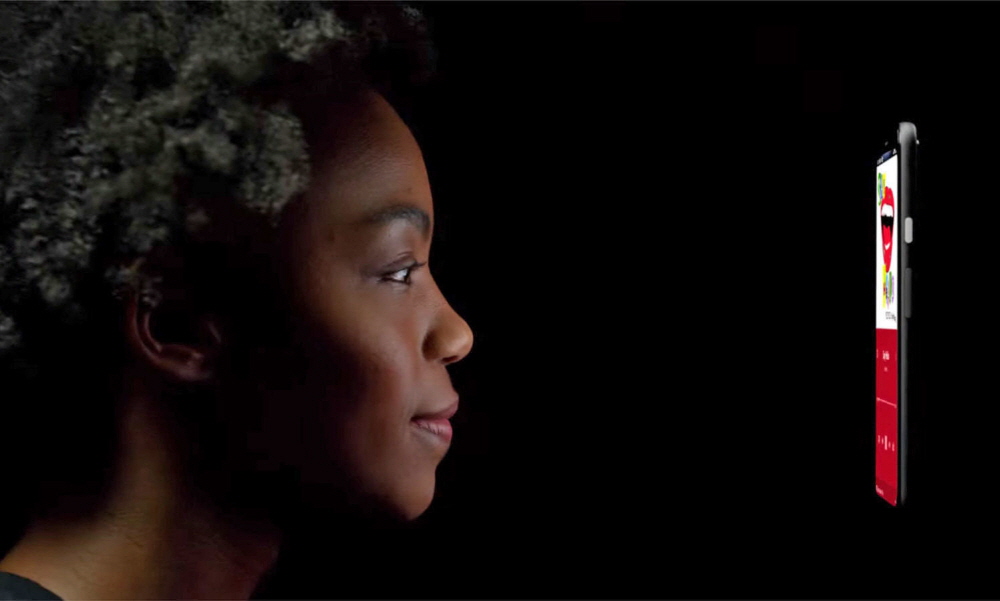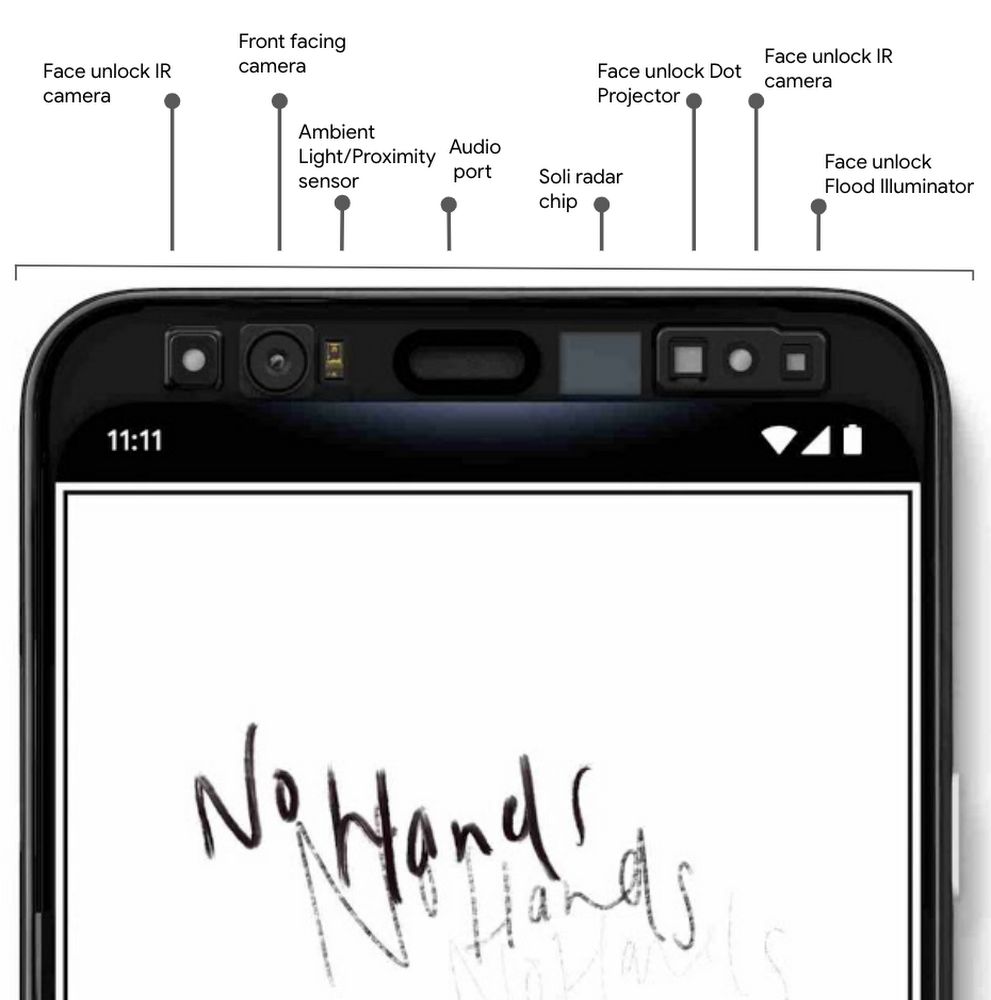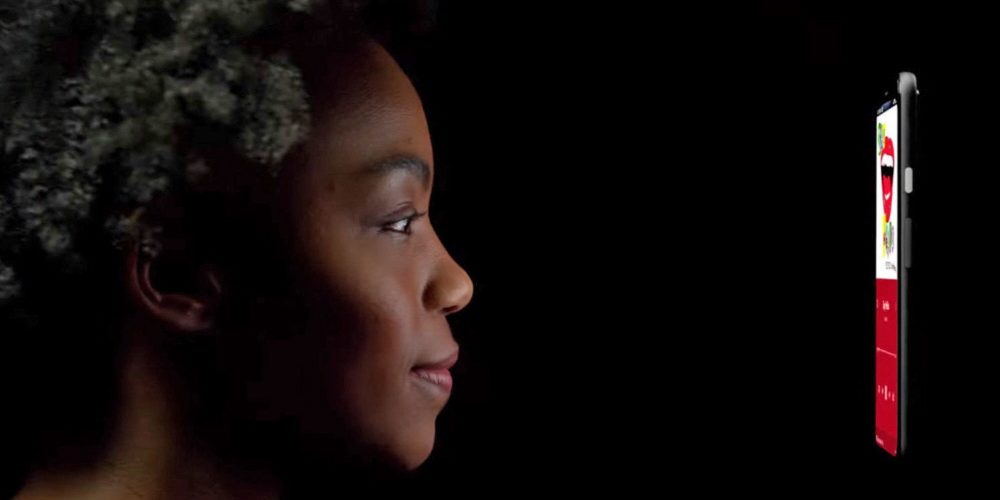
Google has unveiled a new technology Soli radar image to be mounted on the smartphone Pixel 4, which is being developed.
Soli is a technology that recognizes movement around a smartphone, such as gestures, using radio waves in the 60GHz band. In the video, you can see the face recognition and unlocking by touching the screen, waving, and approaching without touching the smartphone.
https://youtu.be/KnRbXWojW7c
Soli is a technology that recognizes the motion of objects that have fallen with a milliwave radar developed by ATAP, a research division of Google’s advanced technology. Instead of touching the touch screen or buttons, you can see the movement of your fingers relatively broadly and precisely, so you can use a gesture or virtual volume to operate a smartwatch with a small touch on the back of the hand, or press a button instead of pressing a button. You can think of a variety of methods, such as getting tactile feedback.
Google also unveiled the configuration of the sensor housing at the top of the screen of the new Pixel 4. In addition to the front camera, a speaker, an IR emitter for facial recognition, two IR cameras, and a Soli Rader chip were placed in addition to the ambient light proximity sensor. The Pixel 4 is expected to be the first device equipped with a solid radar.

In the case of the Pixel 4, the built-in face recognition unlock function uses an infrared camera like other phones, but in parallel with Soli, the face recognition sensor can be started from the point when the user reaches out to use the Pixel 4. It is said that you do not need to hold your smartphone and place it in front of your face, just pinch the phone to unlock it.
According to Google, face recognition unlock works even if you hold the Pixel 4 upside down from almost any direction, so you don’t have to look at the screen in the right direction even when authentication is required, such as payment. Google emphasizes that it will be the first step in Ambient Computing, which will improve smartphone usability for the first new features that the Pixel 4 is equipped with.
Look internet, no hands. #Pixel4 Learn more https://t.co/PYY0AFcnyI pic.twitter.com/f9v51VbXWd
— Made by Google (@madebygoogle) July 29, 2019
https://platform.twitter.com/widgets.js
Ambient computing refers to a concept that eliminates the need to be conscious of the operation itself, so that the computer can be used without consciousness by melting into the surrounding environment itself in conventional computing that manipulates a computer such as a smartphone or a PC. Hands-free gesture manipulation itself has been attempted on smartphones using the front camera and IR sensor, and various attempts have been made such as the Xbox 360 Kinect, Lip Motion, and Intel RealSense.
Ambient computing is a concept aimed at not only replacing PC or smartphone touches or key manipulations with gestures, but also not being aware of the terminal itself. Voice control is also being conducted through smart speakers such as Google Home.
Google says that realizing ambient computing requires multiple hardware connections. The Pixel 4’s mounting of Soli is meaningful in that it is the first step toward this ambition. Of course, the Soli mounted on the Pixel 4 may have restrictions on smartphones, effective range, and sensor orientation, assuming that it is held in hand, but it can also be mounted on other devices such as headphones. Related information can be found here .


















Add comment